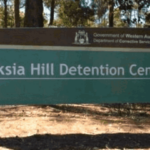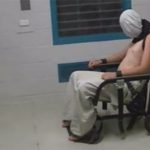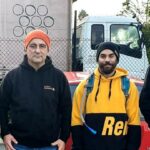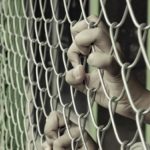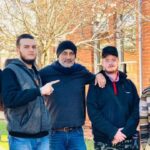Australia Continues to Detain and Brutalise Children, Despite Royal Commission
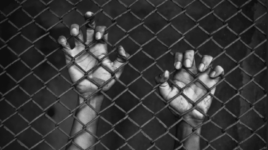
Radio stations nationwide reported on a “deliberately lit” fire at Tasmania’s Ashley youth prison facility on 18 June, which saw a staff member taken to hospital for observation, while the authorities have estimated that the damage to and destruction of property would cost around $20,000.
The media, however, didn’t directly state this was all caused by uncontrollable child inmates acting out, as the public has long been primed to come to this conclusion itself, yet the articles did reinforce the usual excuse that absolves these institutions of blame, which is ever-present staffing shortages.
These reports neither made mention of Ashley having been scrutinised last year, after it emerged that three staff members had been stood down in 2020 over rape allegations, while other officers were found to have been providing detainees with their medication only in exchange for sexual favours.
Just a week before the incident in the Tasmanian kiddie prison, however, child detainees “rioted” at WA’s only youth correctional facility, Banksia Hill, and footage reveals police kitted out in military style gear, with half a dozen unarmed teens lying face down on a roof of a detention block.
But the reasons behind these Banksia Hill prisoners demonstrating via the occupation of a rooftop couldn’t be concealed, as, since the beginning of 2022, numerous court rulings and statements have reflected that the kids at this facility, some as young as 10, are regularly brutalised.
Primed for adult prison
“There are seventeen children’s prisons littered throughout the Australian continent,” said prison abolitionist and reformer Gerry Georgatos, who’s been leading a campaign against Banksia Hill. “Nearly 70 percent of children incarcerated, serve gaol time as adults.”
“Darwin’s Don Dale became infamous when the nation was shown CCTV footage of guards punching children, throwing them across concrete rooms and smashing into them,” he continued. “And it led to a Royal Commission but there was no cumulative effective changes that could turn around lives.”
That’s where Gerry’s abolitionist outlook comes into play. The detainee rights campaigner has long pushed for improved conditions on the inside, such as Medicare implementation, but, ultimately, he considers incarceration a revolving door, and truly rehabilitative measures must replace prisons.
Early 2022 saw WA Children’s Court president Hylton Quail condemn Banksia Hill for using prolonged isolation on kids, which is against UN minimum standards. And he described staff as treating children like animals and failing to acknowledge that it’s this treatment that’s resulting in the bad behaviour.
“The only child prison in WA remains as the longest ongoing riots ridden crisis, not just in Australia but in all child prisons around the world,” Georgatos added. “It’s been a decade and a half of rooftop riots, recurring takeovers of the prison by protesting children, and showdowns with the guards.”
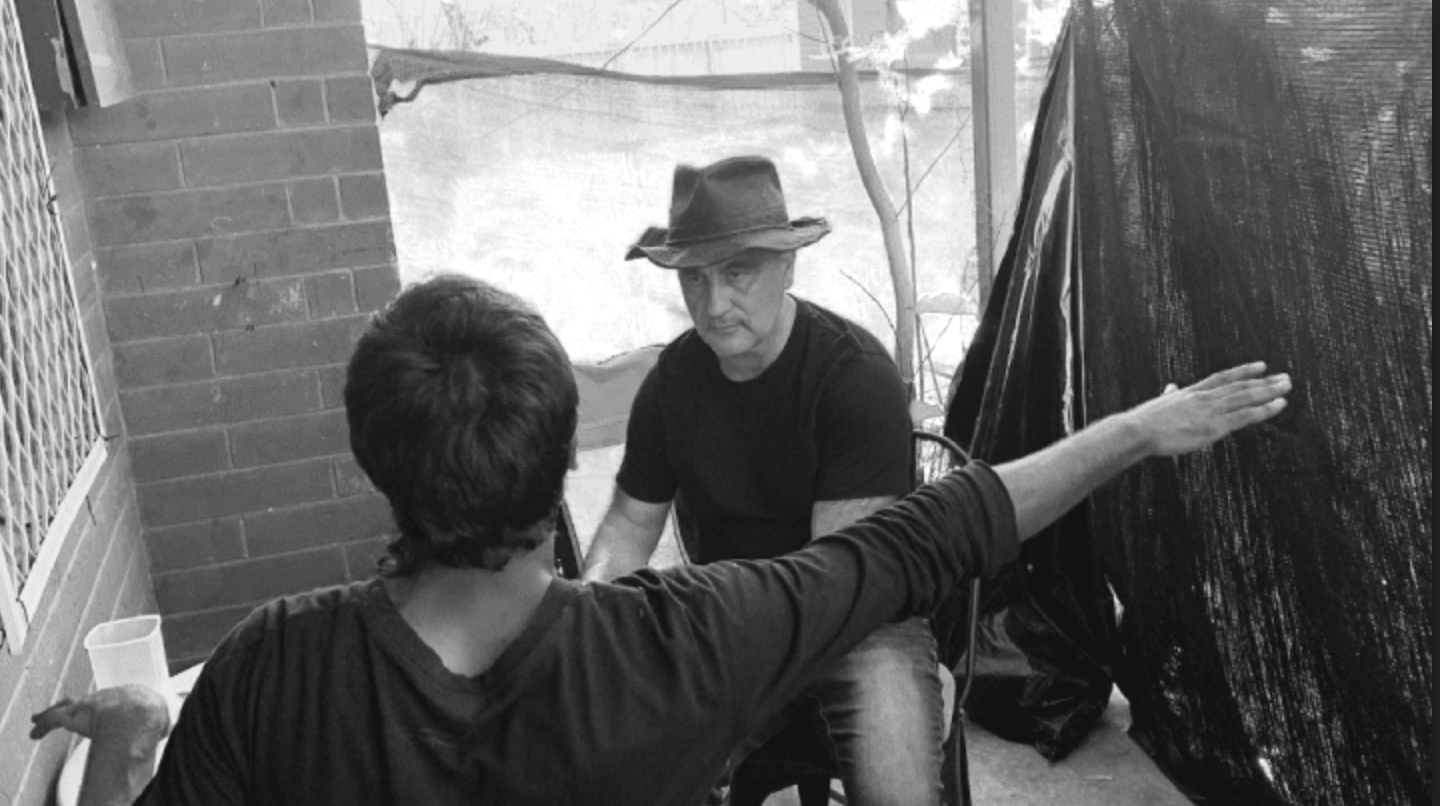
Locking up First Nations kids
Right now, all jurisdictions continue to lock up kids as young as 10. This policy is starting to show cracks though, as there has been a sustained campaign to raise the age of criminality, especially because children under 14 are yet to have developed the capacity to fully comprehend their actions.
In mid-2020, however, the Council of Attorneys General released a communique regarding their July meeting, in which it stated that the ministers needed more time to deliberate upon the alternatives to locking up children from 10 to 13 years old.
But after years of trying these chief lawmakers could no long simply keep dragging their feet on this matter.
So, Tasmania has now announced it will raise the age to 14, the ACT and Victoria have said they’ll stagger the hike, first to 12 and then onto 14, whilst the Northern Territory has committed to 12.
An average night in 2022 saw 818 youths locked up in child prisons, with 44 of them being aged between 10 to 13.
Fifty six percent of kids inside on an average night were First Nations. Yet, in general, Aboriginal and Torres Strait Islander youths account for about 6 percent of the overall populace aged 10 to 17.
“We need the age of criminal responsibility raised to at least 14 but ideally to various age-sensitive-tiered degrees to 18,” Georgatos outlined. “We need all models of care to be driven by compassion, by never giving up, by remembering these are mostly children who never had a chance.”
Attorneys general obtain their positions of chief lawmaker presumably because of their legal prowess. So, it’s rather hard to see why the various Australian AGs have resisted lifting the age for so long, especially when a child under 14, is yet to have fully developed adult cognitive abilities.
That’s unless you factor in that these ministers are white privileged individuals, who when it boils down to it, are well aware that the children between the ages of 10 and 13 that they’re mainly dealing when it comes to this issue are Aboriginal and/or Torres Strait Islander children.
Just compensation
“Banksia Hill crises, seemingly endless, and the relentless failing of children by the state has become a sore point for the West Australian government these last three years, a brutal public spectacle that has scolded more scars on the government than any other issue,” Georgatos underscored.
The prison abolitionist added that since the sole youth gaol in WA opened in 1997, despite it having been repeatedly touted itself as a rehabilitative centre, he considers that at least 80 percent of 10 to 16 years old who serve a stint there, will return at least once, if not many more times.
But as service providers closed down during the pandemic, the WA government asked Georgatos and his colleague Megan Krakouer, whether they could provide restorative practices to child prisoners in need of this type of care.
Gerry adds that he and Megan deescalated every disturbance that occurred. And the pair were indeed set to be offered further work, due to their success whilst inside Banksia Hill.
However, that all fell through as, in the meantime, Georgatos and Krakouer had determined to launch a class action against the corrective facility, due to the barbarity it’s been meting out to the child detainees.
“I hope the class action led by Steward Levitt and his daughter, Dana Levitt, is successful, leading to changes and compels social reforms,” said Georgatos, who’s managed to put together a group of around 700 plaintiffs ready to seek compensation for the rights abuses they suffered inside.
“We need to close Banksia Hill and where secure settings are needed, they are places of love, and if so, then they have hope of the rehabilitative, restorative and transformational,” Georgatos added.
“Had we remained in Banksia the three years since our eight weeks, uninterrupted, the likelihood is, we would’ve made positive difference in the lives of the couple of thousand of children who’ve been churned in and out, with most to adult gaols thereafter,” the social justice advocate concluded.


